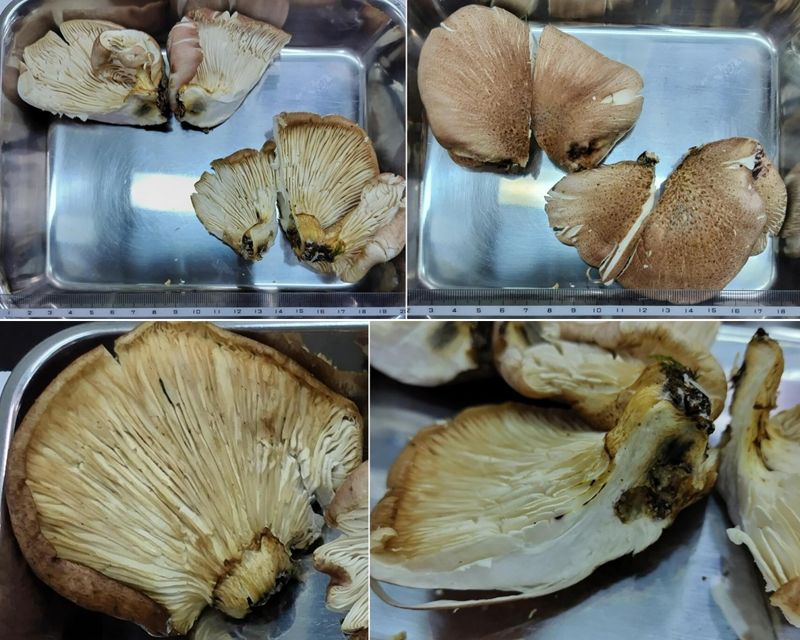"What Is This Mushroom?"... Japanese Man Trusts AI, Ends Up in Emergency Room
- Input
- 2025-11-25 06:58:18
- Updated
- 2025-11-25 06:58:18

[Financial News] In Japan, a man in his seventies ended up in the emergency room after grilling and eating mushrooms he found in the mountains. Surprisingly, it was Artificial Intelligence (AI) that encouraged him to consume the mushrooms.
On the 21st, Mainichi Broadcasting System, Inc. (MBS) reported that on the 3rd, a man in his seventies, referred to as Mr. A, collected several mushrooms resembling shiitake mushrooms in the mountains of Kitayama, Nara Prefecture.
The next day, Mr. A tried to confirm whether the mushrooms were safe to eat by calling botanical gardens and other institutions, but was unable to reach anyone. He then took a photo of the mushrooms with his smartphone and asked AI for identification.
After analyzing the photo, AI responded, "They look like shiitake or oyster mushrooms. They are edible." Trusting only the AI's answer, Mr. A grilled and ate the mushrooms. About 30 minutes later, he began to experience vomiting. He was taken to the emergency room and required hospitalization for treatment.
Fortunately, Mr. A has reportedly recovered.
Subsequent investigation by a natural history museum and a public health research institute revealed that the mushrooms Mr. A consumed were identified as 'Omphalotus japonicus,' also known as the 'Moonlit Mushroom,' a type of poisonous mushroom.
In Japanese, this mushroom is called Tsukiyotake (ツキヨタケ), which means 'moonlit mushroom' due to its characteristic of glowing at night. It is classified as a level 2 endangered wild species.
Found in regions such as Korea and Japan, Omphalotus japonicus has a funnel-shaped cap, a short and thick stem, and downward-hanging gills, making it resemble shiitake and oyster mushrooms. It typically grows in clusters on decaying wood or old trees, mainly in broadleaf forests, from summer to autumn.
Containing the toxin Illudin, ingestion can cause severe gastrointestinal poisoning. The toxic component remains even after cooking, making the mushroom inedible.
An official from the Wakayama City Health and Welfare Division cautioned, "It is dangerous to judge the edibility of mushrooms based solely on AI or field guides. If you are not absolutely certain a mushroom is safe, do not pick, eat, sell, or give it to others."
[email protected] Seo Yoon-kyung Reporter